1.
Introduction
Let q be a positive integer. For each integer a with 1⩽a<q,(a,q)=1, we know that there exists one and only one ˉa with 1⩽ˉa<q such that aˉa≡1(q). Let r(q) be the number of integers a with 1⩽a<q for which a and ˉa are of opposite parity.
D. H. Lehmer (see [1]) posed the problem to investigate a nontrivial estimation for r(q) when q is an odd prime. Zhang [2,3] gave some asymptotic formulas for r(q), one of which reads as follows:
Zhang [4] generalized the problem over short intervals and proved that
where
Let n⩾2 be a fixed positive integer, q⩾3 and c be two integers with (n,q)=(c,q)=1. Let 0<δ1,δ2≤1. Lu and Yi [5] studied the Lehmer problem in the sense of short intervals as
and obtained an interesting asymptotic formula,
Liu and Zhang [6] r-th residues and roots, and obtained two interesting mean value formulas. Guo and Yi [7] found the Lehmer problem also has good distribution properties on Beatty sequences. For fixed real numbers α and β, the associated non-homogeneous Beatty sequence is the sequence of integers defined by
where ⌊t⌋ denotes the integer part of any t∈R. Such sequences are also called generalized arithmetic progressions. If α is irrational, it follows from a classical exponential sum estimate of Vinogradov [8] that Bα,β contains infinitely many prime numbers; in fact, one has the asymptotic estimate
where π(x) is the prime counting function.
We define type τ=τ(α) for any irrational number α by the following definition:
Based on the results obtained, we consider the high-dimensional Lehmer problem related to Beatty sequences over incomplete intervals in this paper. That is,
and where k = 2, we get the result of [7].
By using the properties of Beatty sequences and the estimates for hyper Kloosterman sums, we obtain the following result.
Theorem 1.1. Let k≥2 be a fixed positive integer, q≥n3 and c be two integers with (n,q)=(c,q)=1, and δ1,δ2,⋯,δk be real numbers satisfying 0<δ1,δ2,⋯,δk≤1. Let α>1 be an irrational number of finite type. Then, we have the following asymptotic formula:
where ϕ(⋅) is the Euler function, ε is a sufficiently small positive number, and the implied constant only depends on n.
Notation. In this paper, we denote by ⌊t⌋ and {t} the integral part and the fractional part of t, respectively. As is customary, we put
The notation ‖t‖ is used to denote the distance from the real number t to the nearest integer; that is,
Let χ0 be the principal character modulo q. The letter p always denotes a prime. Throughout the paper, ε always denotes an arbitrarily small positive constant, which may not be the same at different occurrences; the implied constants in symbols O,≪ and ≫ may depend (where obvious) on the parameters α,n,ε but are absolute otherwise. For given functions F and G, the notations F≪G, G≫F and F=O(G) are all equivalent to the statement that the inequality |F|⩽C|G| holds with some constant C>0.
2.
Preliminary lemmas
To complete the proof of the theorem, we need the following several definitions and lemmas.
Definition 2.1. For an arbitrary set S, we use 1S to denote its indicator function:
We use 1α,β to denote the characteristic function of numbers in a Beatty sequence:
Lemma 2.2. Let a,q be integers, δ∈(0,1) be a real number, θ be a rational number. Let α be an irrational number of finite type τ and H=qε>0. We have
and
Taking
we have
Proof. This is Lemma 2.4 and Lemma 2.5 of [7].
Lemma 2.3. Let
Then
where (a,b,c) is the greatest common divisor of a,b and c.
Proof. See [9].
Lemma 2.4. Assume that U is a positive real number, K is a positive integer and that a and b are two real numbers. If
then
Proof. The proof is given in [10].
3.
Proof of theorem
We begin by the definition
where
and
By the Definition 2.1, Lemma 2.2 and congruence properties, we have
where
and
For S2, it follows that
where
and
3.1. Estimation of S11
From the classical bound
and Lemma 2.2, we have
3.2. Estimation of S21
From Lemma 2.2, we obtain
3.3. Estimation of S22 and S12
By the properties of exponential sums,
Let
be the Gauss sum, and we know that for χ≠χ0,
and
for 1⩽l⩽n,1⩽r⩽q−1 and (n,q)=1.
Therefore,
where
and
For xi(1⩽i⩽k−1), using Lemma 2.2, we also have
Let
From the definition of Gauss sum and Lemma 2.3, we know that
By Mobius inversion, we get
and
Hence,
From (3.8) we may deduce the following result:
It is easy to see
and we obtain
Let kd/q=h0/q0, where q0≥1,(h0,q0)=1, and we will easily obtain q/(kd)≤q0≤q/d. By using Lemma 2.4, we have
Let
and
By the same argument of S_{23} , it follows that
Since n\ll q^{\frac{1}{3}} , we have
Taking n = 1 , we get
With (3.1), (3.2), (3.9) and (3.10), the proof is complete.
4.
Conclusions
This paper considers the high-dimensional Lehmer problem related to Beatty sequences over incomplete intervals. And we give an asymptotic formula by the properties of Beatty sequences and the estimates for hyper Kloosterman sums.
Acknowledgment
This work is supported by Natural Science Foundation No. 12271422 of China. The authors would like to express their gratitude to the referee for very helpful and detailed comments.
Conflict of interest
The authors declare that there are no conflicts of interest regarding the publication of this paper.











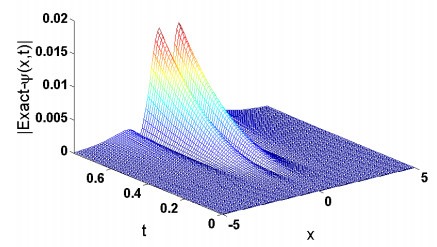
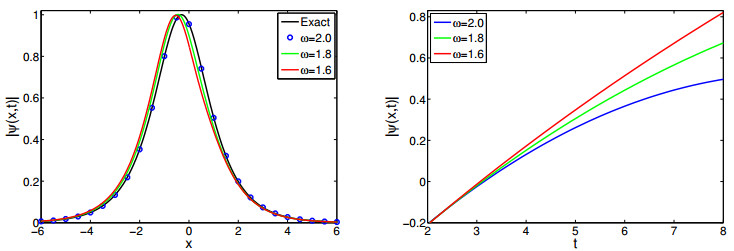
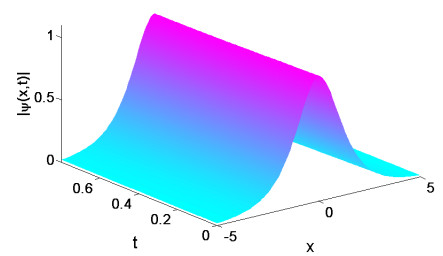

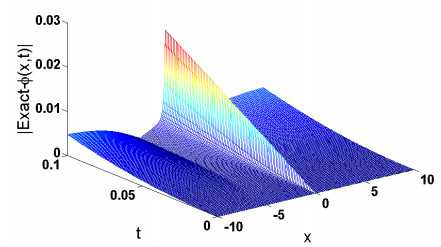
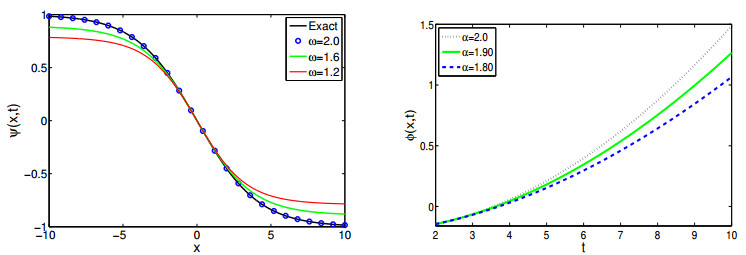
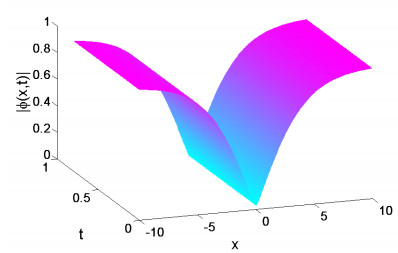
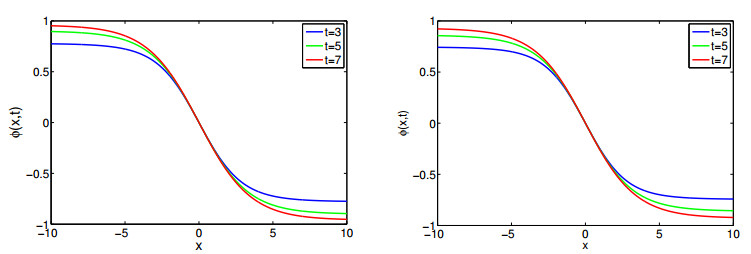


 DownLoad:
DownLoad: